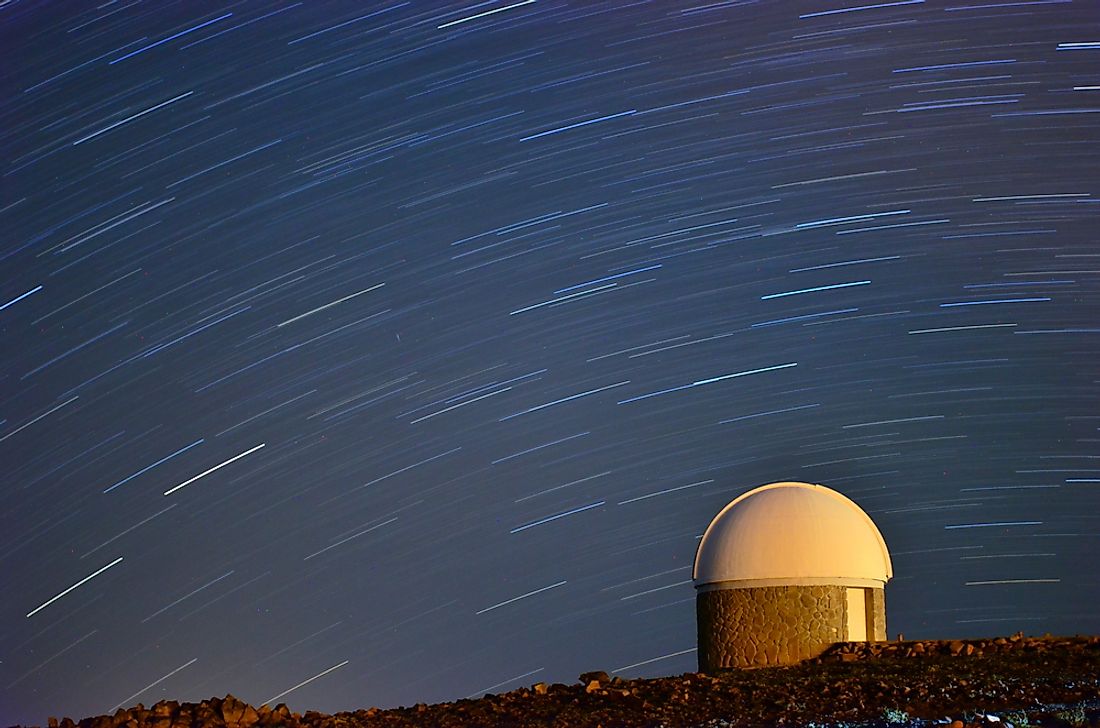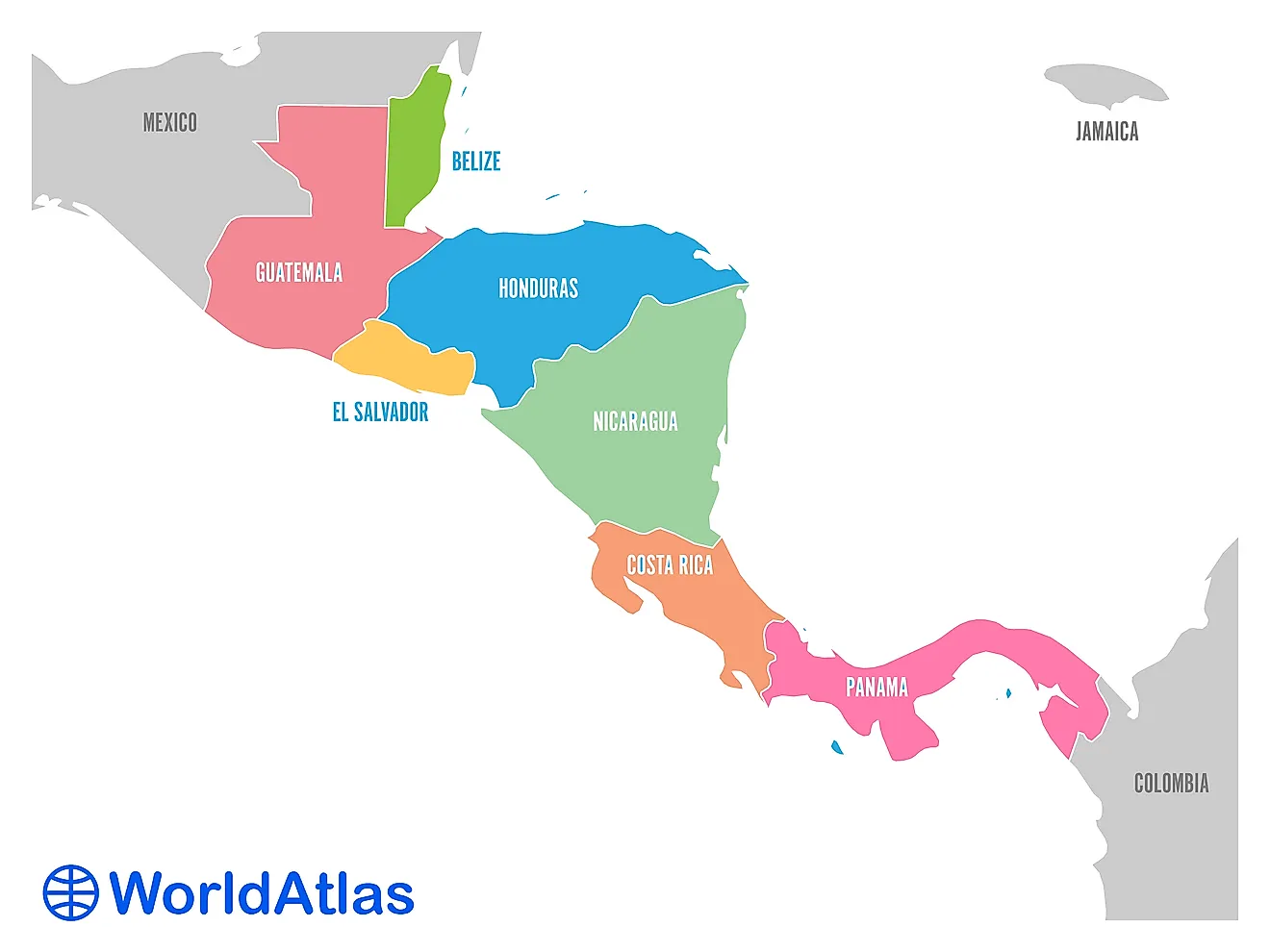The 20 Highest Astronomical Observatories In The World

An astronomical observatory is located at an elevation which makes it possible to observe terrestrial or celestial events. There are four categories of observatories: space based, underground, airborne, and ground-based. Prior to the late 19th century, observatories were placed at modest elevations and close to the cities and learning institutions for means of convenience. However, as the cities became crowded with air polluted by industrial smokes, the astronomers sought observatory sites in remote areas with a clear sky and were naturally drawn to the mountains. Since the 20th century, high altitude observatory sites have been developed.
University of Tokyo Atacama Observatory (TAO)
University of Tokyo Atacama Observatory is located at the top of Cerro Chajnantor at an elevation of 18,500 feet within the lava dome of the Atacama Desert in Chile. The aim of the project is to install a 260-inch optical infrared telescope at the site. The first step towards achieving the goal has been the installation of a 39-inch pilot telescope. The first light from TAO was achieved in March 2009 while the infrared imaging was achieved in June 2009. Once completed, the primary mirror of the telescope will have a diameter of 260 inches and will be silver-coated while the secondary mirror will be fitted with adaptive optics to manage the atmospheric turbulence.
Chacaltaya Astrophysical Observatory
Chacaltaya Astrophysical Observatory is located at an altitude of 17,190 feet on Mount Chacaltaya which is a range of Bolivian Andes. The observatory began as a weather station in 1942 and became a popular observatory for pions starting in the 1940s. Chacaltaya Astrophysical Observatory is currently an important site for gamma ray research and belongs to the Universidad Mayor de San Andre. The observatory is operated in collaboration with other universities worldwide and currently hosts the Cosmic Rays research group. It also has been hosting the Chacaltaya GAW Station which is a monitoring site for essential climate variables.
Atacama Cosmology Telescope
Atacama Cosmology Telescope is placed on Cerro Toco in the Atacama Desert in the northern part of Chile. The telescope is used to carry out a wavelength survey on the sky which helps in the study of cosmic microwave background radiation. ACT is constructed at an altitude of 17,030 meters making it one of the highest ground-based observatories in the world. It was erected in 2007 and saw the first light in October 2007. It completed its first season of observation in December 2007 and began the second season in June 2008. ACT is currently scheduled survey and will map about 200 square degrees of the sky.
Llano de Chajnantor Observatory
Llano de Chajnantor Observatory form a group of astronomical observatories constructed over 15,700-foot altitude in Llano de Chajnantor which is part of the Atacama Desert located in northern Chile. The desert climate in the area is unbearable for humans but is the best location for the millimeter and mid-infrared astronomy. The observatory houses the world’s biggest and the most costly astronomical telescope project knows as the Atacama Large Millimeter Array. The observatory and the areas around it have been designated Chajinantor Science Reserve by the Chilean government.
The 20 Highest Astronomical Observatories In The World
| Rank | Observatory Name | Elevation (m) | Observatory Site | Location |
|---|---|---|---|---|
| 1 | University of Tokyo Atacama Observatory (TAO) | 5,640 | Cerro Chajnantor | Atacama Desert, Chile |
| 2 | Chacaltaya Astrophysical Observatory | 5,230 | Chacaltaya | Andes, Bolivia |
| 3 | James Ax Observatory | 5,200 | Cerro Toco | Atacama Desert, Chile |
| 4 | Atacama Cosmology Telescope | 5,190 | Cerro Toco | Atacama Desert, Chile |
| 5 | Llano de Chajnantor Observatory | 5,104 | Llano de Chajnantor | Atacama Desert, Chile |
| 6 | Shiquanhe Observatory (NAOC Ali Observatory) | 5,100 | Shiquanhe, Ngari Plateau | Tibet Autonomous Region, China |
| 7 | Large Latin American Millimeter Array (LLAMA) | 4,825 | Alto de Chorillos | Salta, Argentina |
| 8 | Llano de Chajnantor Observatory | 4,800 | Pampa La Bola | Atacama Desert, Chile |
| 9 | Large Millimeter Telescope Alfonso Serrano | 4,580 | Sierra Negra | Puebla, Mexico |
| 10 | Indian Astronomical Observatory | 4,500 | Mount Saraswati[13] | Hanle, Ladakh, India |
| 11 | Meyer-Womble Observatory | 4,312 | Mount Evans | Colorado, United States |
| 12 | Yangbajing International Cosmic Ray Observatory | 4,300 | Yangbajain | Tibet Autonomous Region, China |
| 13 | Mauna Kea Observatory | 4,190 | Mauna Kea | Hawaii, United States |
| 14 | High Altitude Water Cherenkov (HAWC) Gamma-Ray Observatory | 4,100 | Sierra Negra | Puebla, Mexico |
| 15 | Barcroft Observatory[18] | 3,890 | White Mountain Peak | California, United States |
| 16 | Very Long Baseline Array (VLBA), Mauna Kea Site | 3,730 | Mauna Kea | Hawaii, United States |
| 17 | Llano del Hato National Astronomical Observatory | 3,600 | Llano del Hato | Andes, Venezuela |
| 18 | Sphinx Observatory | 3,571 | Jungfraujoch | Bernese Alps, Switzerland |
| 19 | Mauna Loa Observatory | 3,394 | Mauna Loa | Hawaii, United States |
| 20 | Magdalena Ridge Observatory | 3,230 | South Baldy | New Mexico, United States |











